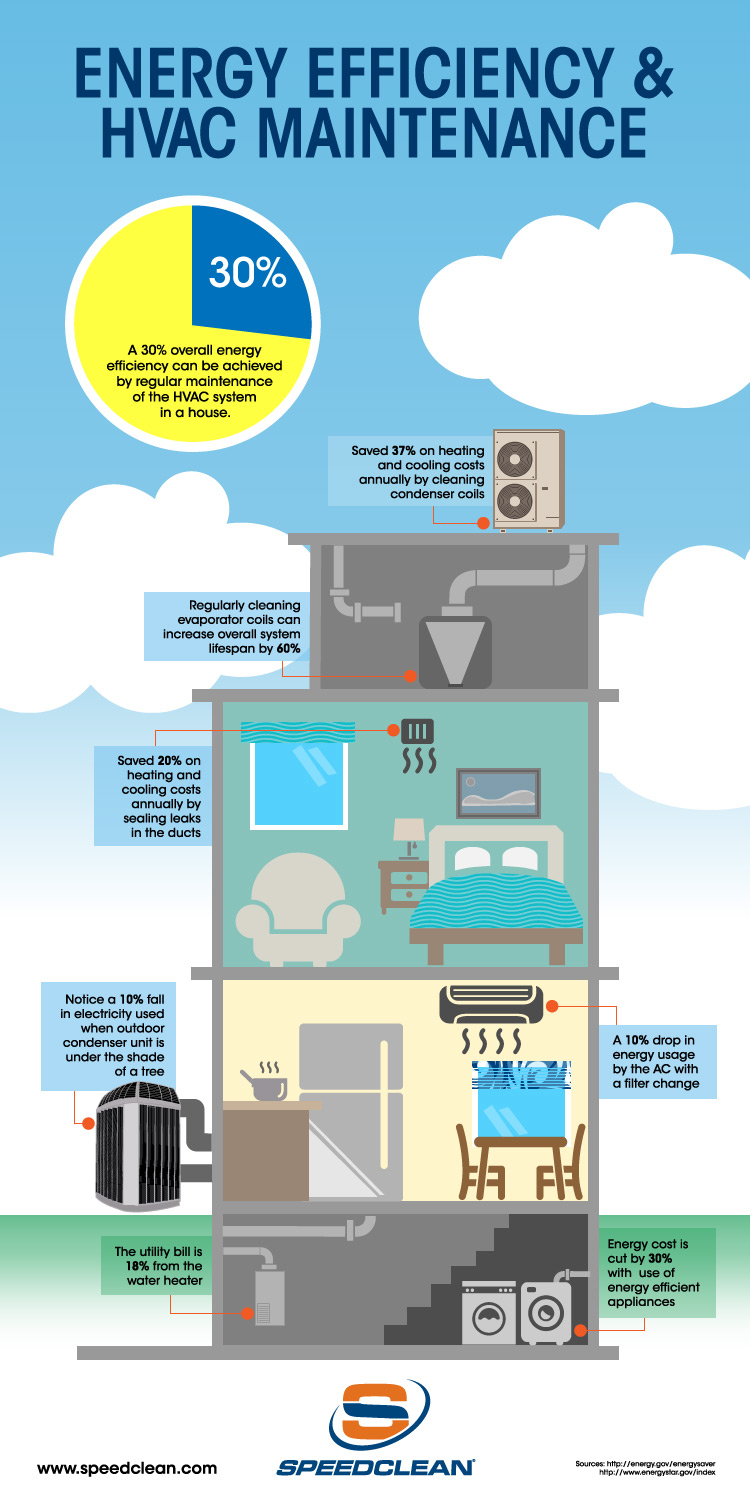Step-By-Step Overview To Preparing Your Home For Heatpump Installment
Step-By-Step Overview To Preparing Your Home For Heatpump Installment
Blog Article
Web Content Writer-Hutchinson McElroy
Prior to the heatpump installation begins, you require to ensure your home is ready for the procedure. Cleaning the location, examining the electrical configuration, and ensuring proper ventilation are essential actions to take. By following these first preparations, you established the stage for a successful installation. However what about the finer details that can make a significant distinction in the efficiency and longevity of your heatpump system? Allow's explore the subtleties that can elevate your home's preparedness for this necessary upgrade.
Cleaning the Installment Location
Before the heatpump setup can begin, it's crucial to remove the assigned location completely. Start by removing any type of particles, mess, or obstacles that may hamper the setup procedure. This consists of furniture, decors, and any other products that might get in the way. Make certain the pathway to the installment website is clear for the installers to move tools and materials quickly.
Next, make certain that the location around the marked setup place is clean and devoid of any kind of dirt, dirt, or other materials that might impact the heatpump's efficiency. Sweep or vacuum the location to develop a clean work area for the installment group.
In addition, consider offering simple accessibility to the setup area by removing a path from the entry of your home to the installation spot.
Assessing Electric System
Analyzing the electrical system is a crucial step before proceeding with the heat pump installation. Begin by checking if click here can support the additional lots a heat pump will call for. Make certain there are enough available circuits to fit the heatpump and that they satisfy the maker's specs. It is very important to have a dedicated circuit for the heatpump to stop overloading and potential threats. If your electrical system requires upgrading, call a specialist electrician to make the necessary modifications.
Inspect the electrical wiring in your house to ensure it's up to code and can take care of the needs of the brand-new heat pump. Look out for any frayed wires, loosened links, or indications of wear that may present a safety and security risk. Verify that the electric outlets near the setup location are based and in good condition. If any kind of concerns are found, have them addressed promptly by a qualified electrician.
Appropriate assessment and upkeep of your electrical system will certainly ensure a safe and reliable heat pump setup process.
Ensuring Correct Air Flow
To guarantee an effective heatpump setup, it is essential to focus on proper ventilation in your house. Ample ventilation assists the heat pump run effectively and prevents air quality issues.
Before installment, check that all vents and duct are clean and unhampered. Clearing these areas makes certain that air can flow easily, making the most of the performance of your new heatpump system.
In addition, think about the placement of the heat pump system itself. It ought to have enough space around it to enable appropriate air movement. Correct ventilation not only enhances the heat pump's performance however also helps preserve a healthy and balanced indoor setting.
If required, seek advice from a professional to analyze your home's ventilation requirements and make any kind of necessary changes. By guaranteeing appropriate ventilation, you're establishing the stage for a seamless heat pump installation process and ideal performance of your brand-new system.
Conclusion
Since you have gotten rid of the installment location, assessed the electrical system, and made certain proper air flow, your home awaits a smooth heat pump installment. By taking these actions, you have established the stage for an effective and effective process. heat pump technician near me in the benefits of a new heatpump system in your home, understanding that you have prepared your room for optimal performance.
